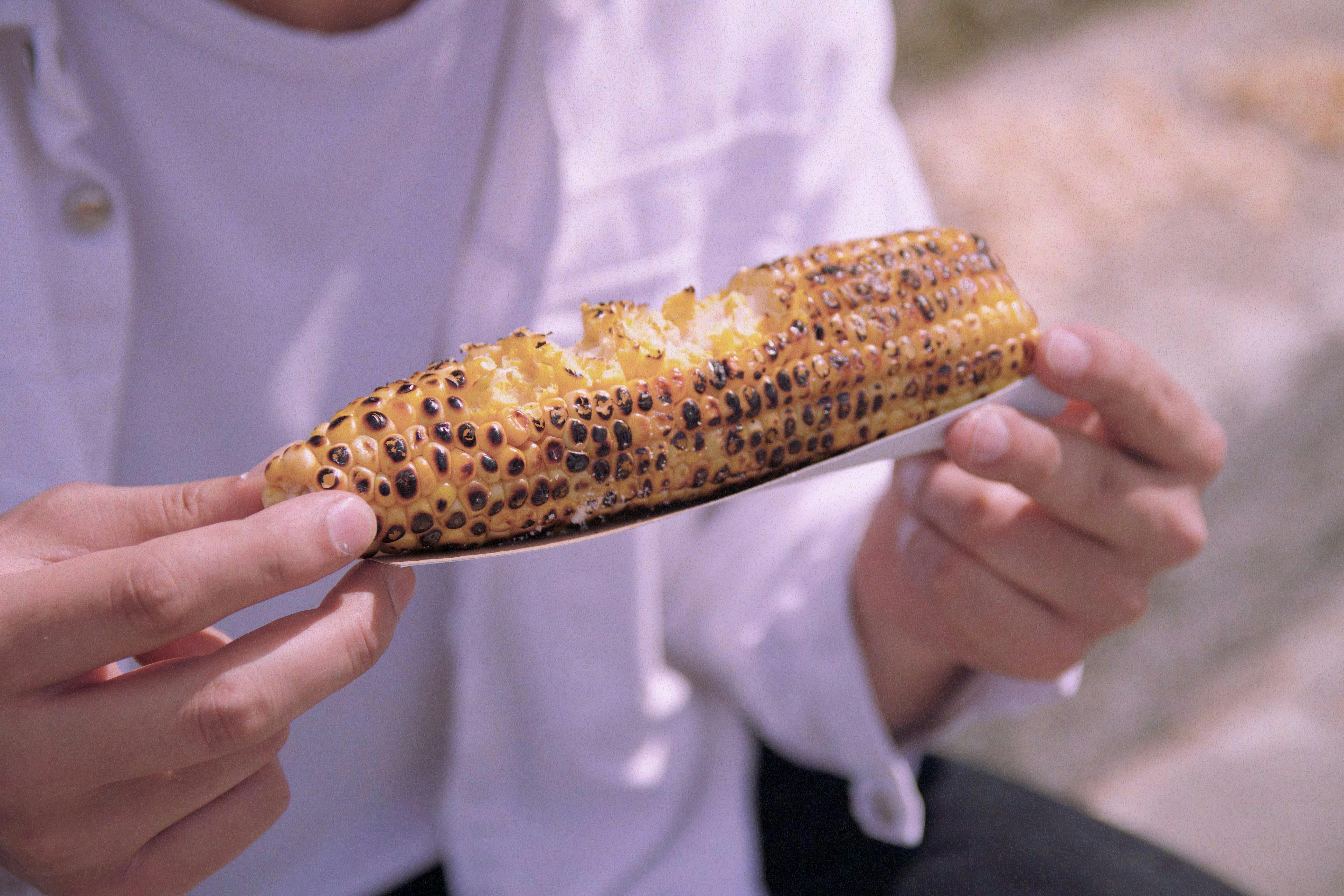
Effective Ways to Draw Wings for Amazing Artwork in 2025
Wings have captivated artists since time immemorial, serving as symbols of freedom, transformation, and fantasy. Whether you're aiming to draw the delicate structure of a butterfly, the powerful span of a bird, or the ethereal quality of angel wings, mastering the art of wing drawing can elevate your artwork significantly. This comprehensive guide will walk you through essential techniques for drawing wings effectively, suitable for both beginners and experienced artists looking to refine their skills. We'll cover everything from understanding wing anatomy to creative expression in your illustrations. By the end, you'll have a toolkit of knowledge to help you create stunning visual representations of wings.
Understanding Wing Anatomy and Shapes
Before diving into the drawing techniques, it's crucial to understand the anatomy and various shapes of wings. Each type of wing has unique characteristics that influence their appearance and function. For instance, bird wings consist of feathers, bones, and a structure enabling flight, whereas butterfly wings have intricate patterns and lightweight designs. Familiarizing yourself with these elements helps in creating accurate and dynamic wing sketches.
Basic Wing Structures
Start by studying the fundamental shapes used in wing design. Bird wings generally have a tapered, elongated shape, while butterfly wings exhibit more rounded and ornate edges. Understanding these basic structures lays the groundwork for your wing illustrations.
For instance, when drawing bird wings, note how the primary feathers extend outward, assisting in flight. In contrast, butterfly wings can be whimsical and vibrant, often showing symmetry and diverse patterns that lend themselves well to artistic expression.
Proportions and Dynamics
The proportions of your wings are vital for achieving realism in your drawings. Measure the relationship between the wing’s length and width based on the body of the creature it belongs to. For example, the wings of a hawk will look different compared to those of a sparrow.
Next, explore dynamic wing poses. Sketching wings in various positions can add life to your artwork. Analyze how wings move in flight, and practice drawing wings in different attitudes—for instance, fully extended versus tucked in.
Different Types of Wings
As you progress in understanding wing anatomy, practice drawing different types of wings. Delve into bird wings, butterfly wings, angel wings, and even fantasy wings often found in illustrations. Each has unique features and characteristics. For example, angel wings might have softer lines and an ethereal quality, while dragon wings could showcase more muscular builds and texture.
Sketching Techniques for Realistic Wing Drawings
Having established an understanding of wings, let's explore effective sketching techniques that enhance the realism of your drawings. These techniques will help you articulate the structure, form, and texture of wings accurately, bringing them to life in your illustrations.
Step-by-Step Wing Drawing Tutorial
Start with a light pencil sketch to outline the basic shapes of the wing. Focus on major landmarks such as joints and the angle of feathers. Gradually build up layers, refining the outline as you gain confidence.
For a step-by-step tutorial, begin with a simple bird wing. Sketch the general outline, mark the primary and secondary feathers, and gradually add details. This method empowers you to think critically about each component while maintaining proportions.
Shading Techniques for Depth and Texture
Applying shading techniques adds depth and realism to your wing drawings. Use different grades of pencils to create a range of values, simulating light and shadow. Pay special attention to where light hits the wing and where it casts shadows, as these elements are vital for a three-dimensional effect.
Blending the shades using a tortillon or your fingers can enhance the overall seamlessness of the texture. Experiment with stippling or cross-hatching for varying effects, providing a fuller representation of feathers and wing structures.
Refining and Adding Details
Once the primary sketch and shading are in place, refine your drawing by adding minute details such as feather textures and patterns. High-quality references—like anatomy charts or photographs—help guide these details, ensuring accuracy and consistency.
For extras, consider incorporating color dynamics and slight variations in tone to create vibrancy. Even simple artistic techniques such as wet blending with colored pencils can yield exciting results, enhancing the visual appeal of your wing drawings.
Artistic Interpretations of Wings
Wings serve not just as functional items but are also rich with artistic symbolism and representation, offering numerous avenues for expression. Exploring different styles and concepts can deepen your understanding and creativity in wing illustration.
Playful Wing Designs
Incorporating playful or abstract wing designs can invigorate your artwork. Consider experimenting with exaggerated proportions or intricate patterns. Artistic interpretations can deviate from realism to create whimsical characters or inventive fantasy creatures. For instance, merging animal characteristics with imaginary forms can yield unique and exciting designs.
Dynamic Wing Poses and Movement
Wings are inherently associated with motion. Capturing this fluidity in your drawings involves practicing various poses that reflect movement and grace. From a bird taking flight to a butterfly flitting through flowers, convey energy through your brushwork or pencil strokes.
Whenever you draw action poses, think about flow and how motion affects the angle and position of feathers. Study references, and analyze how artists depict wings in action, which can inform your style and approach.
Cultural Significance and Symbolism
Wings have profound cultural significance across many civilizations, often associated with freedom, spirituality, and humanism. Examine how different cultures depict wings in art and mythology. Integrating these elements into your artwork can enhance narrative depth, providing context and richness to your illustrations.
Creative Techniques for Beginner Artists
For those new to drawing, developing basic techniques is essential for building confidence. There are numerous methods to simplify the learning process while enjoying creativity.
Easy Wing Drawing Tips
Start with straightforward shapes when learning how to draw wings. Frameworks like circles and ovals can aid in building proper proportions and orientations. By constructing simple outlines first, you set a strong foundation for progressively more detailed work.
Additionally, practicing short daily sketches helps enhance your skills significantly. Dedicate a few minutes each day to sketch various wing forms, which can lead to improvements over time. Focus on different styles and wing types, providing variety and excitement in practice.
Digital vs. Traditional Drawing Methods
When it comes to drawing wings, select a medium that resonates with you. Traditional approaches, such as pencil or ink sketches, allow for personal touch and texture, while digital methods can provide versatility and the ability to easily make adjustments. Each medium offers unique possibilities and challenges.
Experimenting with different techniques in both spheres can enhance your artistic flexibility. Techniques that translate well across mediums can also offer insights into your style and preferences.
Art Community Engagement
Engaging with the art community is invaluable as you grow as an artist. Participating in online forums provides avenues to share your work, gain feedback, and learn from others. Tutorials, challenges, and critiques foster a supportive environment for improvement.
By reviewing other artists' works, you can discover new styles, techniques, and innovations in wing drawing, enhancing your artistic journey.
Conclusion and Next Steps
This guide equips you with fundamental techniques and insights to effectively draw wings, appreciate their anatomy, and explore artistic representations. Whether you're sketching simple designs or diving into intricate illustrations, the creative possibilities are vast.
As you refine your skills, remember to embrace experimentation. Let your creativity guide you in interpreting wings, developing a unique style that reflects your artistic vision. For additional resources on enhancing your drawing journey, check out more tutorials and art supplies to further advance your skills.

 ```
```